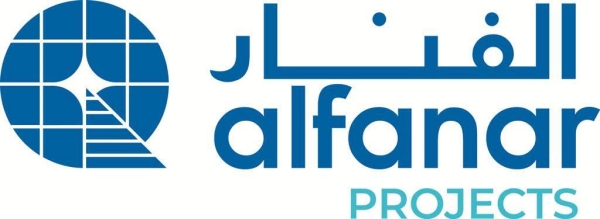
UNESCO recently released its 2021 edition of the “Science Report” it publishes every five years on the state of science in the world. It is a thick document that science professionals and policymakers eagerly await and dissect for the important trends it highlights and the pointers it provides.
The report presents the state of science — and, to some extent, technology — globally as well as in various regions, including the Arab states. In a future column, I will present the important findings that concern the Arab world; here I will review the global trends, while providing some glimpses about the situation in Arab states.
The report’s subtitle, “The race against time for smarter development,” links science to two key priorities in the economic programs of most nations today: The digital and green transitions. Indeed, digital infrastructures are crucial parts of the Fourth Industrial Revolution (4IR or Industry 4.0), where automation and smart machines play important roles. And “green” is an essential component of the UN’s Sustainable Development Goals.
The digitization and greening efforts thus lead to new science and technology development programs and policies. This, in a nutshell, is what UNESCO’s “Science Report” has tried to show. Let me unpack these trends and try to assess the current efforts in the world in general and the Arab region in particular.
First, most countries (80 percent or so) devote less than 1 percent of their income or budget to research and development, while the average in the world is 1.79 percent. Top spenders include Israel (4.95 percent in 2018, up from 4.17 percent in 2014), the Republic of Korea 4.53 percent (up from 4.29 percent), and Japan 3.26 percent (slightly down from 3.40 percent). Arab states now spend 0.59 percent (up from 0.48 percent in 2014), with a special jump by the UAE (from 0.69 percent to 1.30 percent).
The number of researchers in the world has increased by 13.7 percent (from 2014 to 2018), three times more than the global population increase (4.6 percent). In some countries, the increase has been spectacular: Jordan, Iran and Ethiopia went up by 150 percent, 84 percent and 68 percent, respectively. In the Arab world, the number of researchers per million people increased from 682 to 736, which is still well below the world average of 1,368 (up from 1,245 in the same period). Again, the UAE is continuing its spectacular progress: 2,379 researchers per million people, up from 1,970 in 2014, albeit still far below developed countries (5,331 in Japan, 7,980 in South Korea and 4,068 in the EU).
The number of researchers in developing countries is affected by the brain drain phenomenon, which negatively impacts not only the scientific activity but also the economic development of rising countries. Moreover, another negative demographic effect has appeared recently: The aging and soon-to-retire scientific and research community in countries like Russia. Some governments are trying to reverse the drain by offering better salaries, contracts and working conditions, as well as greater opportunities for partnerships and cooperation with institutions and colleagues abroad.
UNESCO report links science to two key priorities in the economic programs of most nations: The digital and green transitions.
Nidhal Guessoum
What about women? They now represent one in three researchers in the world. In the life sciences, they have achieved parity in many countries and are even a majority in some places. Surprisingly, one of the lowest fractions of female professionals is in the field of artificial intelligence (AI), at only 22 percent. It is not clear why, but hopefully this will increase as AI continues to grow and gain attention and attractiveness.
Another interesting trend that the report notes is the renewed interest in “basic research,” which is research that does not have direct applications (yet). Between 2012 and 2017, American and Swiss companies doubled their spending on basic research. Why now and what is so attractive about it? Most likely, it is the avalanche of big data being generated, for example, in computer simulations of drugs that pharmaceutical companies will be able to commercialize later for huge profits. Indeed, big data and AI are becoming prime vectors for medical and other economic sectors. In 2017, Russian President Vladimir Putin said of AI: “Whoever becomes the leader in this sphere will become the ruler of the world.”
There are some challenges and obstacles to the growth of science and science-based economic development around the world. First, a green economy implies a significant shift from fossil fuel sources to renewable energies and this affects many countries and companies, as well as hundreds of millions of people. Secondly, digitization does not incite resistance from some quarters (as green energy does); on the contrary, it has obvious benefits in commerce, education, health and other sectors. However, it does require some infrastructure, such as card-based payments and digital networks. Countries such as Brazil, India, Malaysia, and South Africa have been working hard to strengthen and expand their digital infrastructures (cheap internet, mobiles, apps, cards, etc.) to boost their economies.
Finally, all this has important implications for education programs. The world is fast becoming digitalized and countries around the world must get on the Industry 4.0 train (or rocket). We need to prepare students and graduates for tomorrow’s world — by first being fully aware of today’s trends.
Nidhal Guessoum is a professor of physics and astronomy at the American University of Sharjah, UAE. Twitter: @NidhalGuessoum
Disclaimer: Views expressed by writers in this section are their own and do not necessarily reflect Arab News" point-of-view












